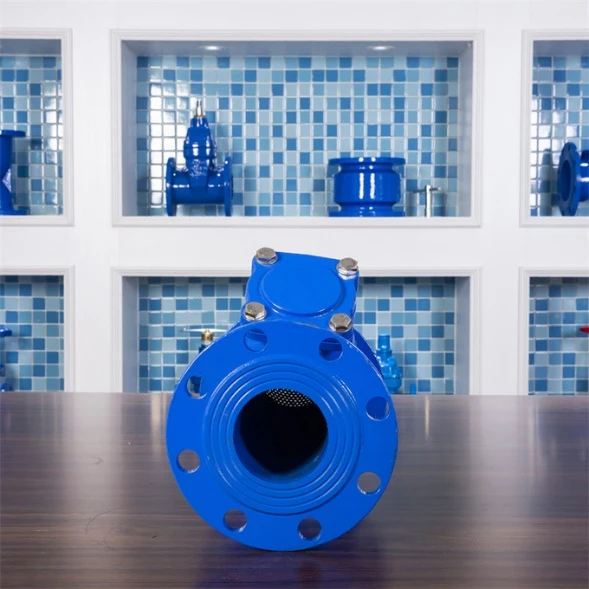Dec . 11, 2024 10:13 Back to list
Exploring Various Types of Control Valves and Their Applications in Industry
Different Types of Control Valves
Control valves play a crucial role in various industrial processes, influencing flow, pressure, temperature, and level within systems. By adjusting the size of the flow passage, control valves help maintain the desired output of a system, thereby optimizing performance and safety. This article explores the different types of control valves, their functions, and applications in various industries.
1. Globe Valves
Globe valves are among the most commonly used control valves in industries. They consist of a movable disk (plug) and a stationary ring seat in a generally spherical body. Their design allows for precise flow regulation, making them ideal for applications requiring fine adjustments. Globe valves are typically used in steam, water, oil, and gas control processes. However, their relatively high pressure drop may limit their use in high-flow applications.
2. Ball Valves
Ball valves utilize a spherical disc that rotates within a valve body to control flow. When the ball is turned to allow flow, it provides minimal resistance, resulting in low pressure drops. Ball valves are known for their durability, reliability, and fast operation, making them ideal for on/off control in various applications. They can handle high-pressure conditions and are often used in oil and gas pipelines, water supply systems, and chemical processing.
Butterfly valves consist of a disc mounted on a rotating shaft. When the shaft turns, the disc rotates to either permit or restrict flow. These valves are compact and lightweight, making them an excellent choice for large volumes of flow in applications such as water distribution, HVAC systems, and wastewater treatment. Butterfly valves provide quick opening and closing, which is advantageous in processes that require rapid flow adjustments.
different types of control valve

4. Gate Valves
Gate valves are designed to be fully open or fully closed, providing minimal resistance to fluid flow. They are typically used in applications where the valve is either fully on or off, rather than for regulating flow. Because they provide a straight-line flow path, they are commonly found in oil and gas services, waterworks, and other applications that require a reliable shutoff. However, gate valves are not suitable for applications requiring throttling, as this may cause erosion and damage the gate.
5. Check Valves
While not strictly a control valve, check valves are important for ensuring fluid flows in one direction only. They automatically prevent backflow, protecting pumps and other equipment from damage. There are several types of check valves, including swing, lift, and ball check valves, each suited for different applications such as sewage treatment, drainage systems, and water supply networks.
6. Pressure Relief Valves
Pressure relief valves are crucial for safety, preventing overpressure conditions in systems. They automatically release excess pressure by diverting some of the flow when it exceeds a predetermined setpoint. These valves are widely used in chemical processing, oil and gas industries, and steam systems, ensuring safe operation and compliance with safety standards.
Conclusion
Control valves are integral components of numerous industrial systems, providing the means to regulate various parameters and maintain system integrity. Understanding the different types of control valves and their specific applications enables engineers and technicians to make informed choices, optimizing processes while ensuring safety and efficiency. As industries continue to advance, the design and functionality of control valves will likely evolve, further enhancing their indispensable role in modern engineering.
-
Y Type Strainer Maintains System Efficiency Long TermNewsJul.15,2025
-
Valve Selection Guide for Industrial ApplicationsNewsJul.15,2025
-
Steel Fab Table Provides Durable Work Surface for WeldingNewsJul.15,2025
-
Pad Iron Provides Stable Support for Heavy MachineryNewsJul.15,2025
-
One Inch Check Valve Fits Standard Plumbing SystemsNewsJul.15,2025
-
Measuring Micrometer Ensures Precise Dimensional AccuracyNewsJul.15,2025
Related PRODUCTS









